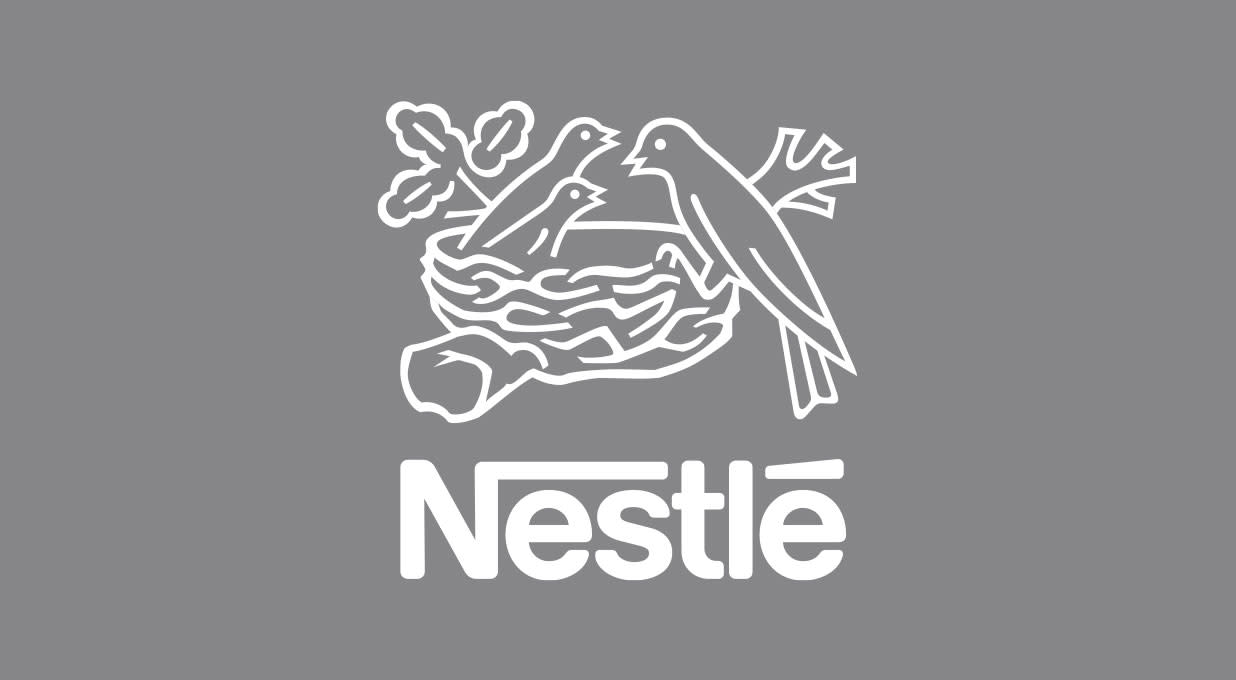Nestlé's first-quarter sales reached CHF 22.6bn, reflecting organic growth of 2.8% (2.5% expected). Growth was driven by 2.1% increase in average selling prices, and a 0.7% rise in volumes.
By geography, all regions contributed positively to organic growth. With growth supported by improved volumes in developed markets and emerging markets growth driven by increased pricing.
Category wise, confectionery and coffee contributed the most to growth, driven by higher prices to cover rising costs. E-commerce sales grew by 15.1%, reaching 20.1% of total group sales.
Nestlé full-year outlook remains unchanged, with organic sales growth expected to improve in 2025 (consensus +3.3%) and underlying operating profit margins expected to be around 16.0%.
The shares fell 1.1% in early trading.
Our view
Nestlé's first quarter was just about good enough to keep turnaround hopes alive. It’s been a relative outperformer in 2025 after its market cap plunged to levels not seen for many years. Nestlé's been struggling to balance price and volumes, and with inflation lingering in areas like coffee and cocoa, we are a little concerned that recent price hikes could weigh on volumes through the year.
Underinvestment in marketing to try and prop up margins is coming back to bite, so part of the revised strategy is to return marketing spending back to historical levels. In the long term that’s a good move, especially if it can be funded by significant cost-saving efforts. But there will be a timing lag between increased marketing spend and when cost cuts start to make a dent.
We’re also mindful that there’s not a huge amount of wiggle room to raise marketing spend to the kind of levels that could be needed. The balance sheet’s in decent shape, but when we look at the demand on cash from debt and dividends, there’s not a huge amount left to deploy.
Nestlé does have a c.20% stake in L’Oréal worth about CHF 38.0bn, so there is some flexibility to sell down that stake to bring in cash if needed.
With a broader lens, Nestlé has a huge arsenal of quality brands, many of which are number 1 or 2 in their respective markets. While it may be known for its KitKats, confectionery is the second smallest category, with products diversified across other areas including Coffee, Pet Care and Health Science.
These are higher-growth categories, and there’s been a portfolio reshuffle in recent years. The number of factories has dropped by 18% and underperforming business units have been on the chopping block.
We think there’s more of this to come, and we’re keen to hear more on how the current underperforming business units are going to recover. Management called out 18 such units, if they can be successful here it should help medium term volumes and margins when conditions improve.
All in, Nestlé has a strong lineup of brands in compelling markets, and the medium-term plans to reaccelerate growth look like they’re on the right track. But we see limited upside after the recovery we’ve already seen this year, and while direct tariff impacts are limited, we think volumes could come under pressure as a weaker consumer faces price hikes that have already been pushed through.
Environmental, social, and governance (ESG) risk
The Food and Beverage industry is medium risk in terms of ESG, with some subsectors - like agriculture, tobacco and spirits - falling into the high-risk category. Product governance is an area of concern industry wide due to strict quality and safety regulations and incoming environmental regulations. Other risks vary by sub-industry, but human capital, community relations and resource use tend to impact most companies in this sector either directly or through their supply chains.
According to Sustainalytics, Nestlé’s overall management of material ESG issues is strong.
Nestlé’s Enterprise Risk Management Framework evaluates potential business impacts and stakeholder concerns, aiming to integrate sustainability into long-term strategies. The company’s Creating Shared Value report, aligned with GRI Standards, highlights its progress on sustainability goals, including a commitment to net-zero emissions by 2050. Despite these ESG efforts, Nestlé remains involved in controversies around water use, product governance, human rights, and biodiversity issues in its supply chain.
Nestlé key facts
All ratios are sourced from LSEG Datastream, based on previous day’s closing values. Please remember yields are variable and not a reliable indicator of future income. Keep in mind key figures shouldn’t be looked at on their own – it’s important to understand the big picture.
This article is not advice or a recommendation to buy, sell or hold any investment.No view is given on the present or future value or price of any investment, and investors should form their own view on any proposed investment.This article has not been prepared in accordance with legal requirements designed to promote the independence of investment research and is considered a marketing communication.Non - independent research is not subject to FCA rules prohibiting dealing ahead of research, however HL has put controls in place(including dealing restrictions, physical and information barriers) to manage potential conflicts of interest presented by such dealing.Please see our full non - independent research disclosure for more information.


